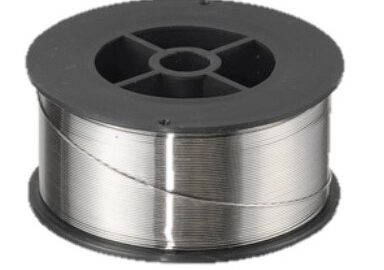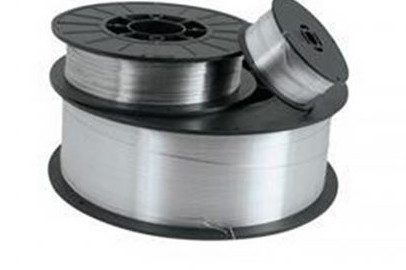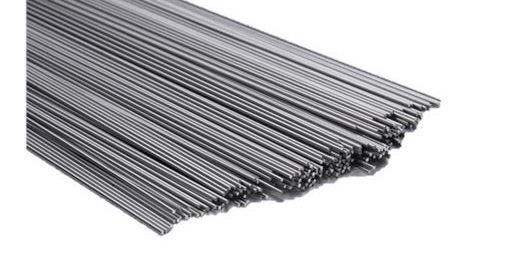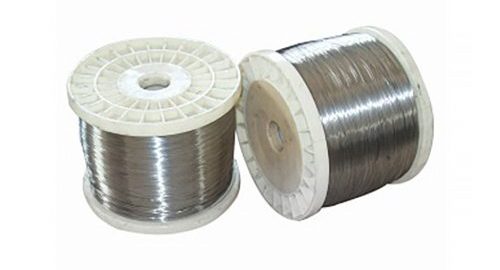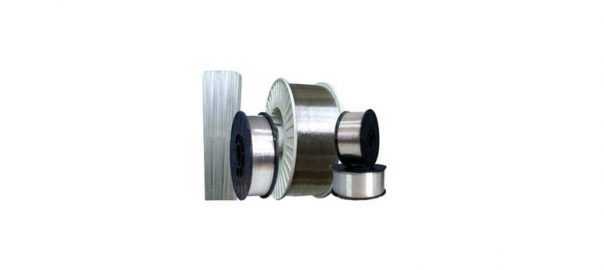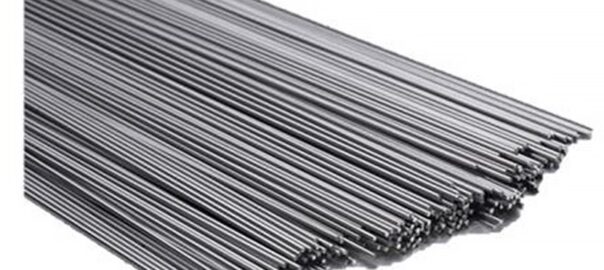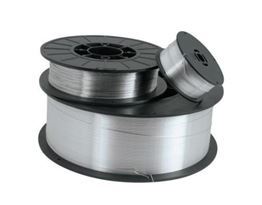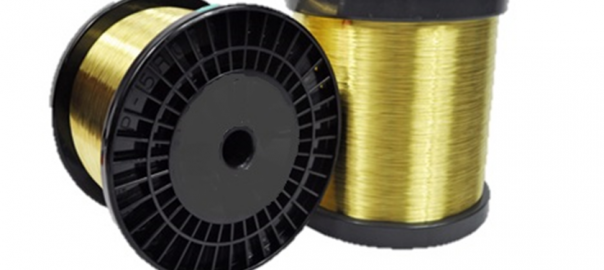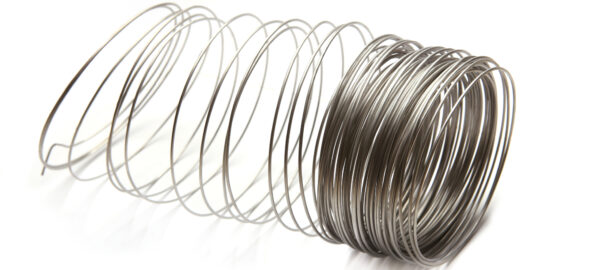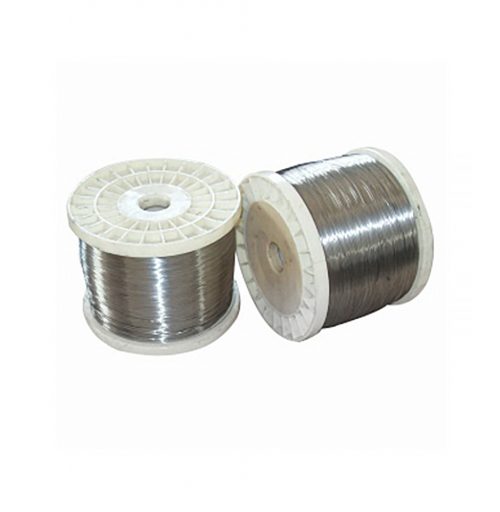

The use of 600 Oxide Safety Wire is a critical component in industries that need to avoid corrosion and cracking. The nickel-chromium system reveals that chromium is fairly soluble in nickel. It has a maximum soluble rate of 47% at eutectic temperature, which then decreases to approximately 30% at room temperature. Several commercial alloys are based on this solid solution. These alloys have superior resistance to high-temperature corrosion and oxidation, and optimal wear resistance.
600 Oxide Safety Wire is a nickel-chromium alloy with excellent carburization and good oxidation resistance. The high nickel content of the material provides exceptional resistance to chloride stress corrosion cracking. Alloy 600 can operate from cryogenic temperatures to 700°F (370°C). Alloy 600 Oxide is heated to produce a dark gray or black color.
Adding small quantities (less than 7%) of chromium to nickel can increase the sensitivity of the alloy to oxidation. The reason behind this is the increase in the diffusion rate of oxygen in the scale. This trend reverses once addition levels go beyond 7% chromium, and increases up to an addition level of about 30%. There is minimal change above this level.
Oxidation resistance can arise due to the formation of an extremely adherent protective scale. The adherence and coherence of the scale can be enhanced by adding small quantities of other reactive elements like cerium, silicon, zirconium, calcium, etc. The scale thus formed is a blend of nickel and chrome oxides (NiO and Cr2O3). These join together and form nickel chromite (NiCr2O4), with a spinel-type structure.




